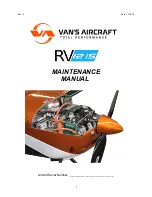
Reverse launch
May be used once the pilot feels confident enough, after
groundhandling the canopy for a couple of hours.
After clipping the risers into carabiners as for the forward launch,
turn back to face the wing, moving one riser group over your head.
As a consequence, you will have the risers crossed.
Unclip the brake handles from rear risers and grip it outside of the
risers without crossing neither arms nor lines. In this way you steer
the left side with you left hand and vice versa. Make sure that the
wing inflates symmetrically and the lines are not tangled.
By taking a few steps back you will strain the risers and
consequently get the canopy up. Dedicated pulling the A risers is
not necessary. When rising, the canopy should stop over your head
on itself without your intervention. To make sure you have full
control, you can keep the brakes slightly strained.
When turning into wind, remember to turn the right way (hint:
always do it the same direction) and to keep the lines strained at all
times. The turn itself should be quick and smooth. While turning
you have to release the brake handles and grip them again facing
forward, so that again the left one is in the left hand etc. Last check
of the wing & free space to launch and off you go, running into
wind with eventual light braking when taking off.
Caution:
To get the canopy down in strong wind, pull the
brakes down abruptly & forcefully to disrupt creating lift. You
may also use the D risers by pulling them at least 25 cm
down.
launch
12
!










































